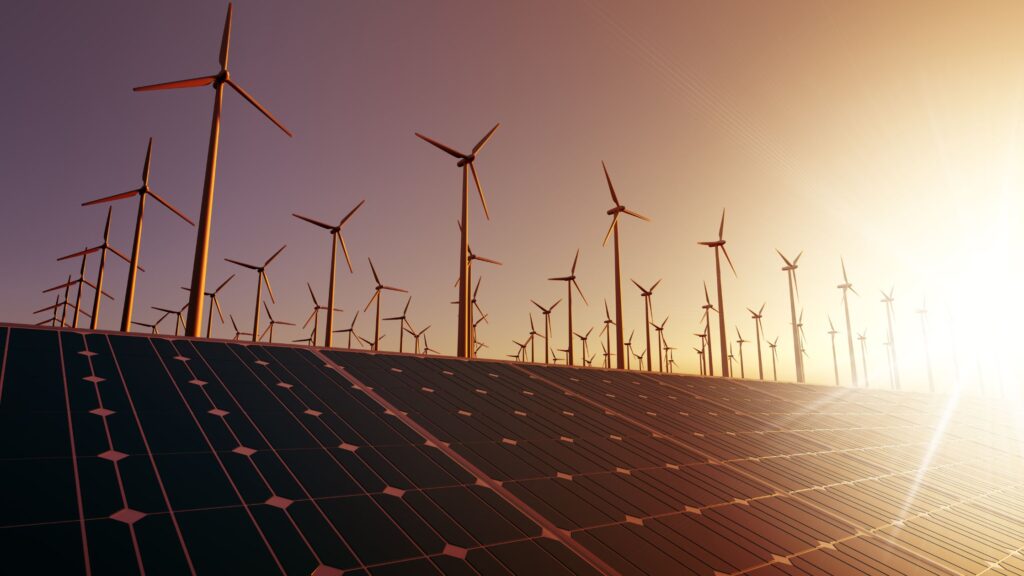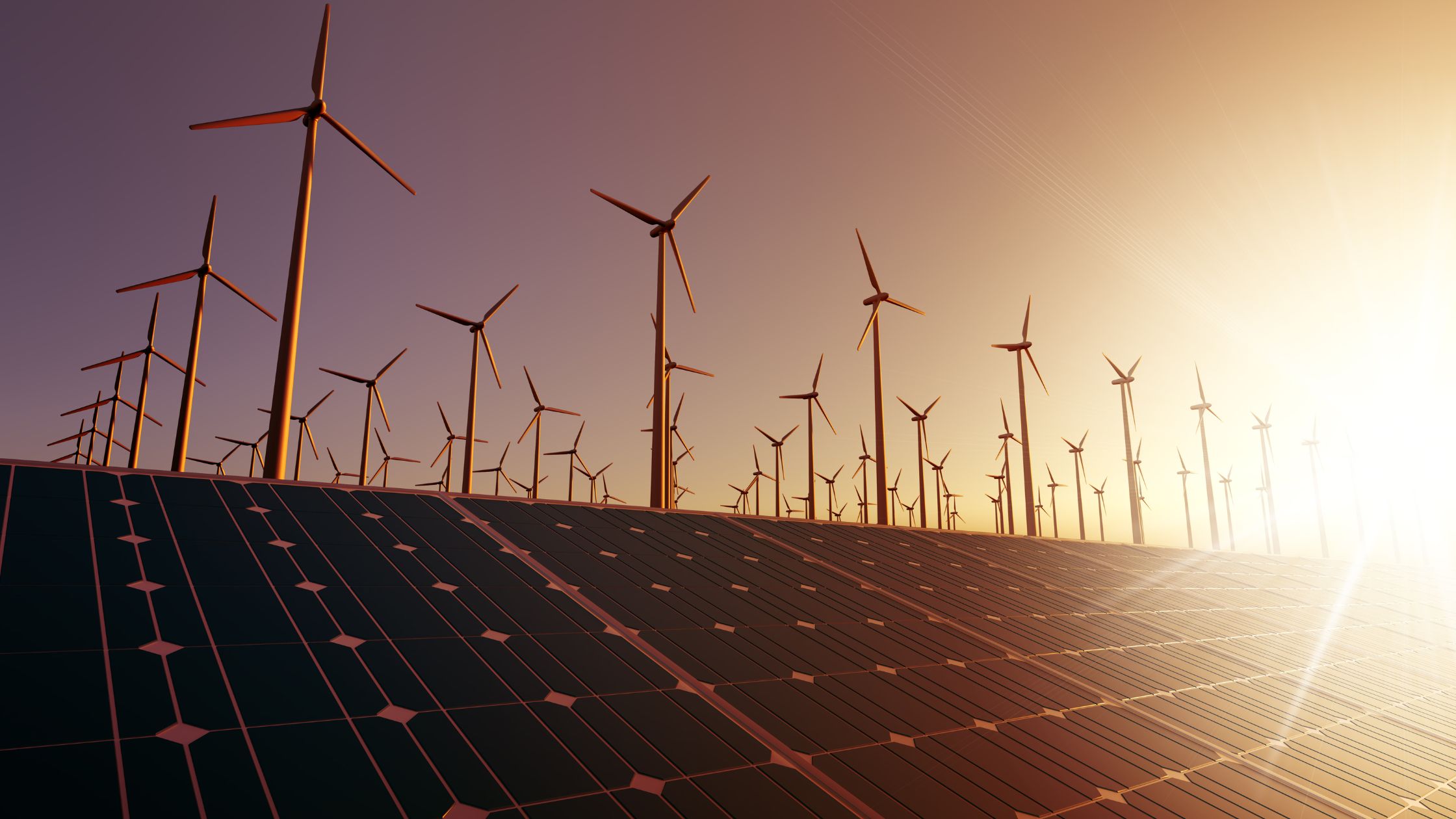Social media marketing tools have long been pivotal in the evolution of digital marketing, particularly in the fiercely competitive landscape of social media marketing. ...
The world’s business of oil and gas is neither stable nor long-term. What can we do to address this and make strides toward the status quo’s twin problems?
A recent study shows that In the United States, the United Kingdom, and Europe, renewable energy investments far outperform fossil fuel investments. However, the overall investment amount needed to combat climate change is still far short of what is required.
According to the report, the study further states that renewable energy investments in Germany and France returned 178.2 percent over a five-year cycle, compared to -20.7 percent for fossil fuel investments. Green energy investments in the United Kingdom returned 75.4 percent over five years, compared to just 8.8 percent for fossil fuels. Renewables returned 200.3 percent in the United States, compared to 97.2 percent for fossil fuels.
1. Is it the Pandemic Effect?
The COVID-19 setback has led to a significant short-term decline in global energy consumption, with a 30 percent drop at one point. However, this is not the most dangerous to the oil and gas industry.
The recent global crisis has shown how vulnerable the world economy is to structural challenges, one of which is climate change. Even before COVID-19, there was growing demand to move the energy structure away from one driven by hydrocarbons and toward something powered by low-carbon sources.
Investors are constantly looking for roles that reduce their chance of financial crises and their vulnerability to climate change. According to the Wall Street Journal research, oil and gas firms in North America and Europe write-downs around $145 billion in asset prices in the first three quarters of 2020, about 10% of their market size.

The past year’s activities have “magnified ‘investors’ interest in clean and sustainable resources, including renewables,” as stated in the International Renewable Energy Agency study. As they aim to move to cleaner energy sources, several oil majors have made significant investments in renewables, including wind and solar.
2. The Challenge of Falling Costs and Decreasing Turnover
Over the last decade, projected returns in oil and gas have tracked energy prices substantially lower. The median forecasted internal project rates of return (IRRs) have decreased from 30% in 2010–11 to 15% in 2019–20. Consequently, the top quartile’s success has deteriorated during the same period, falling from 40% to 30%, the median level ten years earlier.
In light of the energy revolution, oil and gas firms are now working hard to update their plans and reallocate resources. Are they, though, doing anything to alter their business models?
>Diversification of low-carbon companies into alternative, sustainable growth alternatives poses the following concerns around reshaping business model:
>Is it possible for a (re)organization strike a balance between legacy core hydrocarbon companies and diversification into various low-carbon alternatives?
>How will growth areas develop new entrepreneurial skills and communities while still leveraging the importance of convergence with existing market sections, including midstream and trading?
>How should investor propositions be established that represent the appeal of both “existing” and “latest” businesses in the dividend yield entirely?
>Finally, when, if ever, should corporations allow emerging low-carbon firms to grow as genuinely independent companies with their decision-makers and asset values?
>Oil companies face a substantial managerial challenge and a challenging business question. Can they decarbonize their industry without losing shareholder returns? We are currently skeptical.
Although the precise timing and direction of the energy transition are unclear, the end goal—a low-carbon energy system—is no longer a question. Depending on the starting point and goals, each oil and gas company will develop its approach in various ways.

3. Renewable Energy: Is it a Good Investment?
>Some future development markets are
>Renewable electricity,
>grid electrification,
>bioenergy,
>methane,
>CCUS-carbon capture,
>utilization, and storage (CCUS),
>harmful emissions innovations like nature-based systems, and
>carbon trading
Philanthropic low-carbon needs, for example, could grow 15 times their current size by 2030 to a $15 billion to $40 billion per year market.
Renewable energy-related revenue is also available to investors. Investors will also build their exchange-traded funds, tailoring them to their preferences, thanks to new investment technology. They don’t need oil companies attempting to reinvent themselves, particularly if the transition jeopardizes current revenue streams.

4. What Does the Future Carry for Renewable Energy?
Climate Action 100+, an investor effort to facilitate large businesses to take appropriate climate-related steps, has more than 500 signatories that collectively manage more than $50 trillion in resources.
Similarly, many countries are emphasizing long-term projects as a cornerstone of their economic recovery plans. Denmark has also canceled all future North Sea licensing rounds in expectation of stopping oil and gas exploration by 2050, in an unprecedented decision.
New renewable energy investments have a low market threat, are often controlled under long-term contracts. And it can be funded with significant leverage. On the other hand, oil mining is a comparatively high-risk economic practice prone to market and political uncertainty. As a result, companies usually use much less debt on their investment portfolios.
Renewable energy projects are low-risk projects. In the corporate world, a lower risk typically translates to a lower return for stakeholders. The investors in wind energy in west Texas are willing to take a lower profit margin than investors in new oil drilling in Alaska.
As a result, oil firms seeking to join the clean energy market must negotiate with current builders. Some of them are state-sponsored, willing to tolerate a smaller return on investment than an oil executive would consider desirable. And, since capital is the highest expense in the renewables industry, those who support the lowest return are more likely to win new business.

Way Forward
One of the observations of economic history is that when a new age begins, prosperous incumbents may sweep aside. The dilemma for today’s oil and gas CEOs is figuring out how to transition to a low-carbon era—where to bet and how to evolve their businesses.
Exploring the fundamental questions discussed above should help them get back on track.
When it comes to transformational acquisitions, companies are investing in the long haul to handle the various transformations occurring at varying speeds around the globe.
Although we have a drop in business growth trust in 2021, we see a rise in confidence in the prospects that a decarbonized future offers.
Contact DealsInsight to Ignite Your Presence and Fuel Success in the Digital Age.




